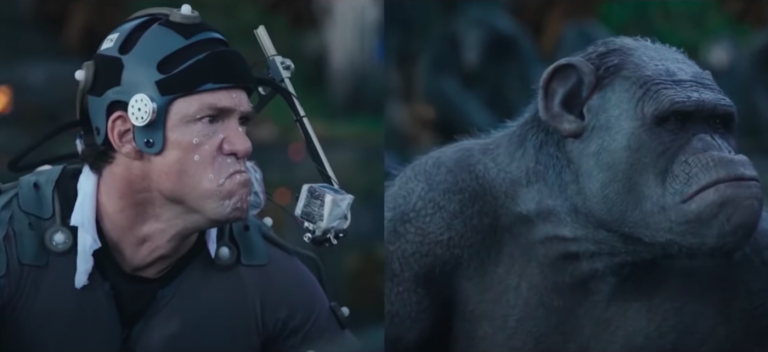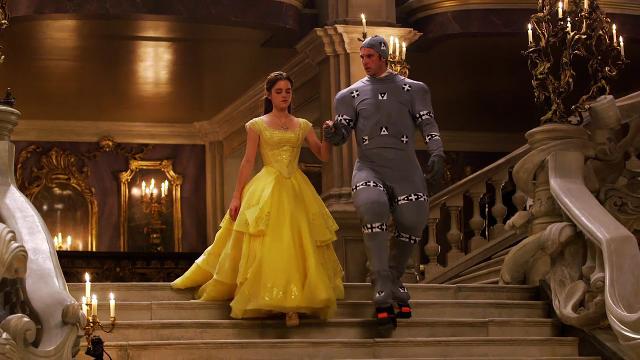Why the Suits?
Motion capture suits are typically made of a lightweight and breathable material, such as Spandex or Lycra. Many are antimicrobial too. They are also designed to fit snugly on the actor’s body, so that the markers don’t move around. They are designed to be comfortable to worn all day and to absorb sweat. They are used in a variety of industries, including video games, movies, television, and animation.
- Accuracy: Motion capture suits help to ensure that the captured movements are as accurate as possible. The markers on the suit are tracked by the motion capture system to create a digital skeleton of the actor’s body. This digital skeleton is then used to animate the digital character.
- Realism: Motion capture suits can help to create more realistic movements for digital characters. The markers on the suit can be used to track the subtle movements of the actor’s body, such as the movement of their facial muscles. This data can then be used to create more realistic animations.
- Comfort: Motion capture suits are typically made of a lightweight and breathable material, such as spandex. This makes them comfortable to wear for long periods of time.
- Ease of use: Motion capture suits are relatively easy to use. The actor simply needs to put on the suit and the markers will be automatically tracked by the motion capture system.
Are the suits necessary?
Some motion capture systems don’t require suits. However, these systems are typically less accurate and can be more difficult to use.
In general, motion capture suits are the best way to ensure the most accurate and realistic movements is captured for digital characters – this is the most important end goal. Because they are form fitting the markers generally stay in place.
They can be either full-body or partial-body suits. Full-body suits track the movements of the entire body, while partial-body suits only track the movements of specific parts of the body, such as the arms and legs. Sometimes only face or fingers might be captured.
How motion capture suits work
Motion capture suits work by using markers that are placed on the actor’s body. The markers are typically reflective or active devices that can be tracked by the motion capture system being used.
The motion capture system typically consists of a number of cameras that are placed around the capture volume. [More here] The cameras track the movements of the markers and send this data to a computer. [More here]
The computer then uses this data to create a digital skeleton of the actor’s body. The digital skeleton is then used to animate the digital character.
Benefits of using motion capture suits
There are a number of benefits to using motion capture suits, including: realism and quality of performance but also efficiency. As the data can be more exact it can save animators and productions a lot of time and effort, as they don’t have to keyframe every animation by hand. This is especially true when T-Pose calibration is taken before and after each captured sequence.
This is also used to track the movements of actors in real time, which is useful for video games and VR applications.
Having the same actor wear the suit and perform the same character can ensure that the movements of characters are consistent from scene to scene.
Examples of motion capture suits
There are a number of different motion capture suits available on the market, including:
- OptiTrack Motion Capture Suit
- MoCap Solutions
- Vicon Motion Capture Suit
First day using motion capture suits
Before you arrive at the studio you may be asked to message your measurements. Please be honest. They need to ensure they have a suit to fit you. The studio should have a suit and a pair of shoes ready for you when you arrive. Get changed as soon as you can to ensure the suit fits.
Please wear underwear.
Some studios use velcro foot wraps or booties instead of providing foot ware so bring trainers and character appropriate foot ware with you. [More here] You may be fitted for a beanie cap and gloves too. The sooner you get into your suit the sooner you get comfortable. Many performers have their own suit. [More here]
Care
As MoCap suits are usually made from a Lycra or Spandex type elastic material special care is necessary. Be sure you remove all markers, velcro hook strips and patches before washing. Keep the temperature warm not hot in the machine. Use liquid detergent not powder. Many studios use an enzymatic washing liquid which is excellent at removing sweat and smells. When drying it is best to air dry. If in a hurry tumble on a low heat and remove before fully dry.
If you own your own suit let us know which…
Message us which suits you prefer…



